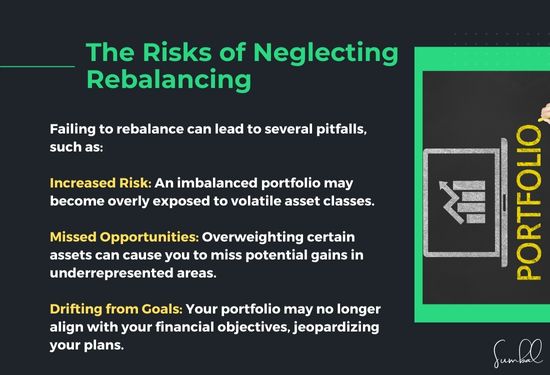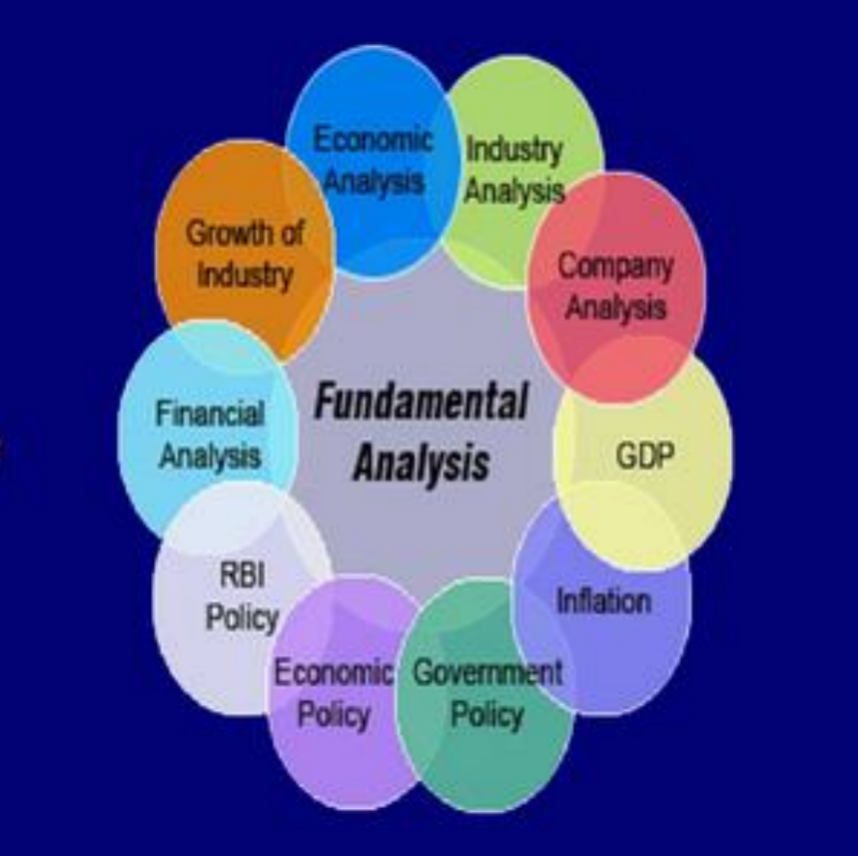When it comes to investing, it is not just a matter of purchasing the right product; it is more about making sure every investment keeps on generating wealth in the face of a changing market. Another essential but underemphasized component of investing is portfolio rebalancing. This process involves the rebalancing of the weight of the different securities in your portfolio in order to achieve the preferred level of risk or return. Whether a new investor or experienced, it is crucial to know when a portfolio needs rebalancing to guarantee success in the long run.

Importance of Rebalancing:
1. Maintain Your Targeted Risk Level
There is always a risk tolerance, the level of risk that every investor is willing to take in the market. If not corrected, the portfolio may end up leaning towards the risky side, which would mean the investor is likely to lose money during a downturn in the market. When it comes to taking risks, rebalancing helps make sure your portfolio stays within the limits of your ease.
2. Take Advantage of Market Opportunities
By rebalancing, one can benefit from price movements by investing in cheaper assets while selling the relatively expensive ones. This avoids the influence of emotions and ensures the organization’s sustainable development.
3. Enhance Portfolio Performance
Although selling off your best stock is counter-intuitive, rebalancing is actually healthier for the portfolio in the long run. It helps avoid the ‘chasing of Returns’ as one is disciplined to stick to his investment plan in order to attain financial goals.
4. Achieve Long-Term Goals
Sometimes, your portfolio may be distorted from the original investment plan you and your financial planner set for saving for retirement or a child’s education. Rebalancing guides you in the right direction to enable you to accomplish these milestones.

How Often Need to Rebalance?
Here are a few typical methods:
- Time-Based Rebalancing: It is recommended that the portfolio be rebalanced periodically, for example, quarterly, semi-annually, or even annually.
- Threshold-Based Rebalancing: Rebalance only when an individual asset class moves far from the target, such as by more than 5 % or 10 %.
- Hybrid Approach: Integrate the time-based and threshold-based techniques for flexibility and accuracy.
Tips for Successive Rebalancing
- Select your ideal combination of bonds and stocks based on your objectives and risk tolerance.
- Monitor your portfolio to determine when rebalancing is required.
- When buying or selling an asset, consider other costs, such as transaction fees and taxes.
- Most financial platforms and robo-advisors come with a feature of automation because it is simple.
- If you need clarification on rebalancing your portfolio, it is advisable to consult a professional for help with the process.
An Example of Rebalancing
Well, suppose you begin with a portfolio that is 60 percent invested in stocks and 40 percent in bonds. For one year, stocks are increasing in value, and your portfolio ends up being 70% stocks and 30% bonds. Great, but the increased weighting in stocks indicates that your portfolio is even riskier than what you originally planned. For rebalance, you need to sell some of the stocks and use the cash to buy bonds to achieve the 60/40 split. This not only minimizes risk but also allows for the acquisition of more bonds since prices are lower in accordance with the buying low, selling high strategy.


How to Manage Household Expenses on One Income

Understand the Inflation and Its Impact on Your Money

The Process of Taking Your Company Public How to Take Your Company Public

Insurance Guide: Tailored for Life's Phases

Credit Cards as Tools: Profit, Not Pitfalls

Stock Losses? Mastering Stop - Loss Strategies

Funds, Bonds, Stocks: Knowing the Differences
